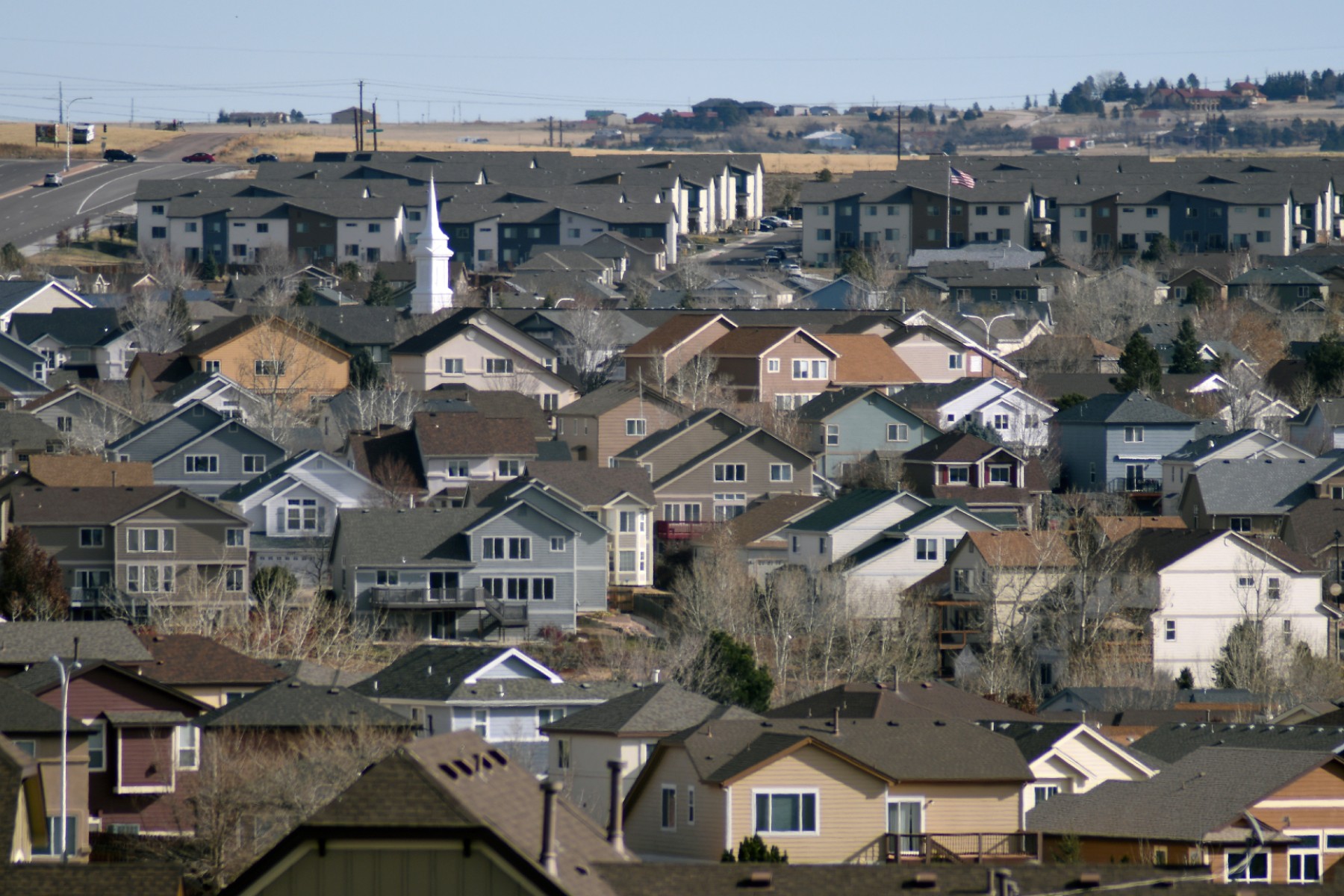
The long-awaited plan from the Republican House to repeal and replace the Affordable Care Act has been released and there’s a lot at stake for Coloradans. The Trump administration’s budget director said the House should pass the proposal before lawmakers break in mid-April.
But the plan is drawing criticism from other Republicans, including House conservatives and moderates in the Senate. Colorado Sen. Cory Gardner was one of four Republican senators to warn that the replacement plan doesn’t do enough to protect consumers who are covered through the expansion of Medicaid.
The following is a helpful primer on key numbers about the impact of the Affordable Care Act as it stands right now in Colorado.
1. Less Than 7 Percent
After the reforms of the Affordable Care Act, Colorado’s uninsured rate dropped significantly, from 14.3 percent in 2013 to 6.7 percent in 2015.
2. 500,000
That’s the number of people who gained health insurance coverage through the Affordable Care Act in Colorado.
3. 400,000
Roughly 400,000 people got covered through expanded eligibility of Medicaid, the federal health care program for low-income families or individuals. According to data provided by the Colorado Department of Health Care Policy and Financing, and published in a recent report by the nonprofit, nonpartisan Colorado Health Institute, Medicaid expanded most dramatically in southern Colorado and Denver. The percentage of residents covered through the Medicaid expansion grew by 8 percent or more in each county in the southern third of the state. In 10 counties, it grew by more than 11 percent. The Medicaid population grew by 19 percent in Costilla County.

4. 1.3 Million
Including the more than 400,000 Coloradans who gained coverage through the Medicaid expansion, the state now has about 1.3 million people enrolled in the program. That’s roughly a quarter of the state’s estimated 2016 population of 5.54 million.
5. 100,000
More than 100,000 Coloradans are getting coverage through federal subsidies that helped them buy private insurance on the state’s health care exchange, Connect for Health Colorado.
More than 175,000 Coloradan signed up for coverage through the marketplace during the three month open enrollment period that ended in February 2017. According to spokesman Luke Clarke, 62 percent of those 2017 coverage customers qualify for federal subsidies to help them afford to pay for it.
Health insurance tends to be most expensive in Colorado’s mountain communities and that’s where the percentage of residents receiving ACA subsidies on the individual market is highest, according to data provided by Connect for Health to the Colorado Health Institute, which put together this map.

6. One In Seven
That’s the figure of so-called “young invincibles,” those 19-29, and “30-somethings,” those 30-39, who are now uninsured. Those are good news/bad news figures. The good news is that the uninsured rate for those two key young demographics has been cut in half since the Affordable Care Act launched, the largest declines of any Colorado age category. The bad news is that those groups are still the biggest group of uninsured folks in the state. They haven’t signed up in enough numbers to help keep insurance premium costs down, as proponents of the Affordable Care Act hoped.

7. $228 Million
A report from the National Association of Insurance Commissioners tallied the losses for Colorado at $228 million in 2015, the year after the ACA launched. Kaiser Permanente alone lost more nearly $100 million. The now-defunct Colorado Healthop lost $45 million and Rocky Mountain Health Group lost $36 million. Why? Insurers underpriced their premiums hoping to pick up more business. The plans didn’t pay for themselves, especially since many of those who signed up had serious health problems and were expensive to treat.
The vast changes brought by the ACA ushered in a period of sustained turbulence for insurers. Since 2015, we’ve seen insurers drop out of Colorado’s exchange, and prices rise.
8. 20 Percent
Insurance rates shot up by 20 percent for customers on Colorado’s individual insurance market in 2017. What’s more, residents in 14 Colorado counties were left with just one carrier offering plan through Connect for Health. The hikes were the biggest since the launch of the ACA and in some rural parts of Colorado, premiums spiked by 40 percent.
Tax credits helped bring the costs down for many consumers, but ACA opponents sharply criticized the increases. Colorado Republican Sen. Cory Gardner, for example, blamed the increases on the Affordable Care Act. The ACA has clearly not restrained the trend of rising costs for health coverage and for health care.
9. $780 Million
That’s how much it would cost Colorado in 2017, if Congress were to return to the traditional 50/50 Medicaid split between states and the feds, per the Colorado Health Institute.
The state’s Medicaid expansion was bigger and more expensive than backers of the ACA originally predicted. In Colorado, that totaled $1.6 billion in the first two years. The federal government has borne nearly all of those costs so far, paying for 100 percent of the expansion through 2016. The federal share is set to decline to 90 percent by 2020. An analysis by the Colorado Health Institute, shows that if the state had to split costs with the federal government, the state’s costs would total $780 million in the next fiscal year. That’s about what Colorado pays to fund colleges and universities.
If Congress were to chop funding for the Medicaid expansion, Colorado lawmakers would have to cut people’s coverage or cut elsewhere. Of course, funding for the Affordable Care Act is a source of contention, both in Washington and in Colorado. Democrats, generally believe Medicaid spending is worth it, and Republicans generally believe it’s too expensive.








